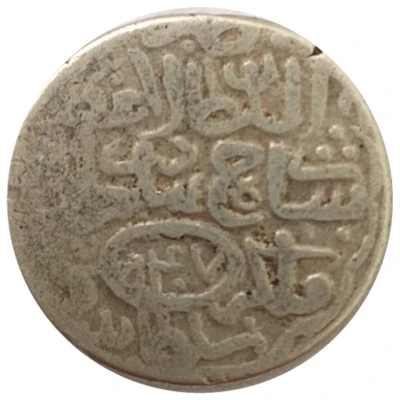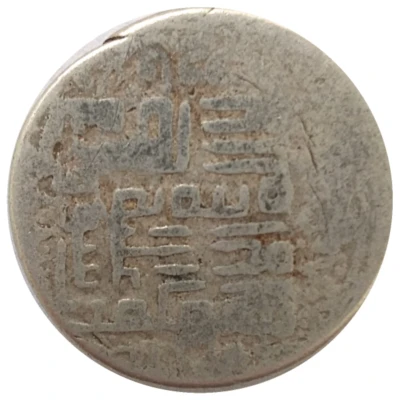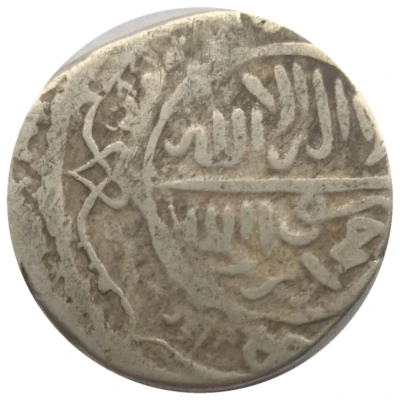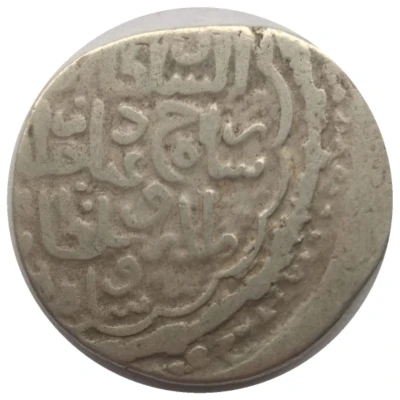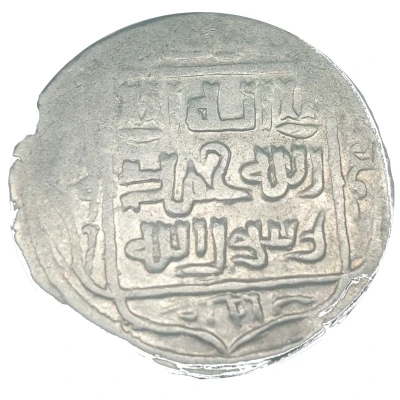
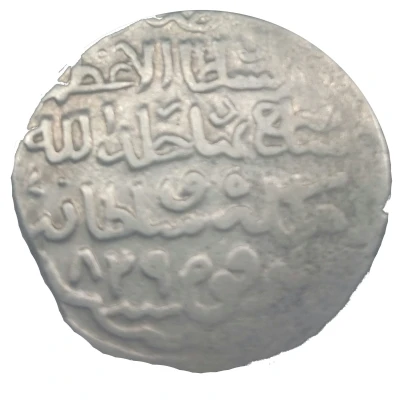

© mike2112!
Tanka - Shahrukh Abarquh
| Silver | 5.1 g | 22.1 mm |
| Issuer | Timurid Empire (Mongol States) |
|---|---|
| Type | Standard circulation coin |
| Years | 829-850 (1426-1446) |
| Calendar | Islamic (Hijri) |
| Value | 1 Tanka |
| Currency | Tanka (1370-1507) |
| Composition | Silver |
| Weight | 5.1 g |
| Diameter | 22.1 mm |
| Thickness | 1.3 mm |
| Shape | Round (irregular) |
| Technique | Hammered |
| Orientation | 9 o'clock ↑← |
| Demonetized | Yes |
| Updated | 2024-10-06 |
| Numista | N#372891 |
|---|---|
| Rarity index | 95% |
Reverse
Script: Arabic
Lettering:
السلطان الأعظم
شاروخ بهادر
المملكة والسلطنة
اباركوه ٨٢٩
Unabridged legend:
Sultan al-'Azam
Shahrukh bahadur
Hald Allah malikat wa sultaniya/al mamlakat wa lsaltana
829 Abarquh
Translation:
The Greatest Sultan
Shahrukh the Brave/Bahadur
May Allah protect his kingdom and sultanate
Date Mint (For this coin in the picture, 829 Abarquh)
Comment
According to Stephen Album's Checklist of Islamic Coins, 827 AH coinage was introduced only at the Herat Mint. It was introduced at the other mints starting in 828 AH. Minting stopped in 850 AH, but continued until 852 AH at the Tabriz Mint.Zeno has examples of this coin being minted in:
- Abarquh
- Ardabil
- Astarabad
- Balkh
- Damghan
- Dizful
- Hamadan
- Herat
- Huwayza
- Ij
- Isfahan
- Kashan
- Kirman
- Kuh-e Giluya
- Lahijan
- Lavasan
- Nimruz
- Ordu-i Humayun
- Qazwin
- Sabzawar
- Samarqand
- Sari
- Saveh
- Shaikh Murshed
- Shayk abu Ishaq
- Shiraz
- Sultaniya
- Tarum
- Timajan
- Tustar
- Urmi
- Yazd
Interesting fact
One interesting fact about the Tanka - Shahrukh (Abarquh) 829-850 (1426-1446) coin from the Timurid Empire (Mongol States) is that it features a unique blend of Islamic and Mongolian influences in its design. The coin's obverse side features the name of the ruler, Shahrukh, in Persian script, while the reverse side features a stylized representation of a Mongolian horseman, symbolizing the empire's Mongolian roots. This blend of cultures reflects the diverse heritage of the Timurid Empire, which was founded by Timur (also known as Tamerlane), a Turco-Mongol leader who united various tribes and cultures under his rule.
